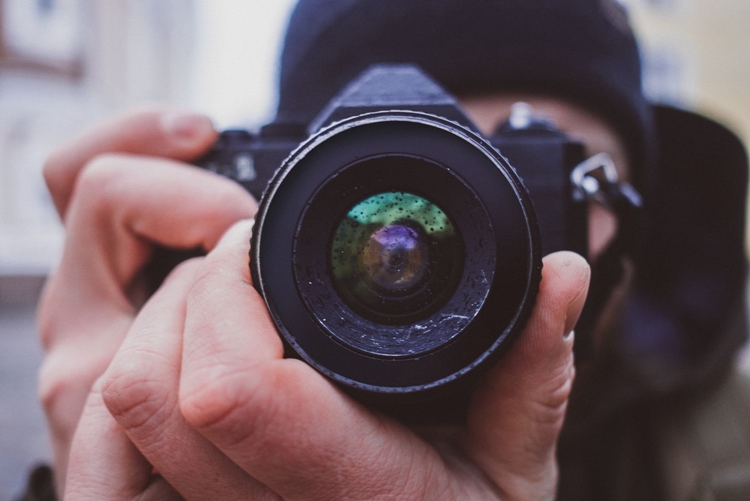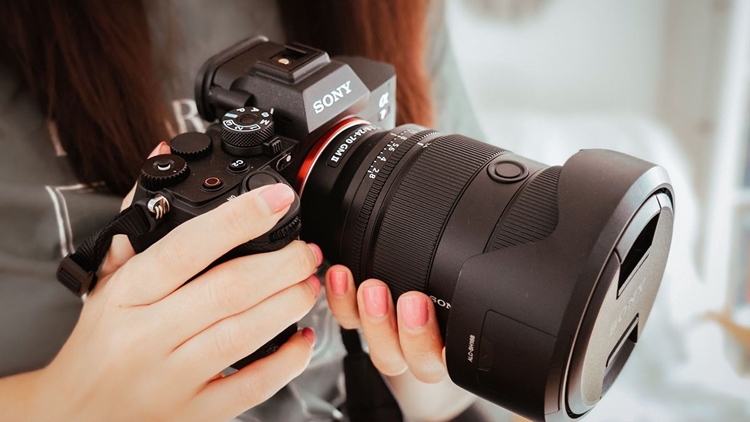A Beginner’s Guide to Buying Your First Camera
BEGINNER’S GUIDE – Finding your first real camera can be overwhelming given the range of options available. This guide simplifies the process by breaking down important features and considerations.
Firstly, setting a budget is crucial, with choices varying widely in price. Narrowing down between $800 to USD 1,000 or ₱40,000 to ₱50,000 can streamline options and allow for necessary accessories like lenses, tripods, and memory cards.
Understanding camera types is essential: compact point-and-shoot cameras offer convenience with built-in lenses but limited flexibility, while bridge cameras enhance control and durability without interchangeable lenses. DSLRs, known for their robust features and variety of lenses, cater well to diverse photography needs. Alternatively, mirrorless cameras combine DSLR capabilities in a smaller, more portable form, appealing for their versatility and quality.

Sensor size plays a critical role in image quality. Larger sensors, such as full-frame or APS-C, offer better performance, especially in low light, though they come with a trade-off of size and cost. Megapixel count impacts resolution and cropping capabilities, with higher counts beneficial for detailed prints but potentially impacting low-light performance and storage needs.
Considering lenses is crucial; starting with basic kit lenses is common for beginners, with options to upgrade based on specific photographic interests. Additional features like autofocus speed, durability in various conditions, ergonomic design, and connectivity options (wireless, flash compatibility) further refine camera choices based on individual preferences and shooting style.

Ultimately, choosing the right camera as per Digital Photography School involves aligning technical specifications with personal needs and aspirations in photography. Whether opting for simplicity in point-and-shoots, versatility in DSLRs, or compact efficiency in mirrorless models, each type offers unique advantages suited to different skill levels and photographic goals. With this guide, navigating the complex landscape of camera options becomes more accessible, ensuring a well-informed decision tailored to your journey into photography.
